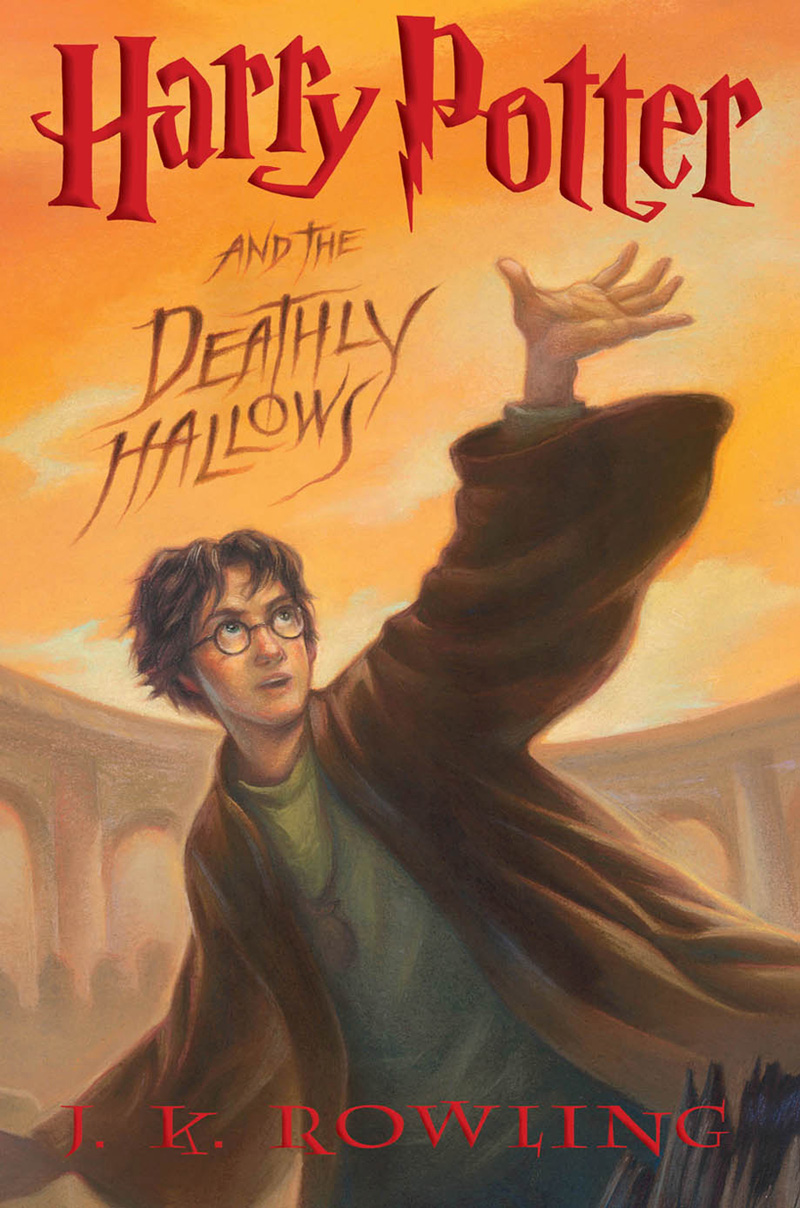My, my, my, but a lot of things happened in this part of the novel! I think every time I’m annoyed by some sort of nagging doubt or repetitive, unproductive thoughts I'm going to imagine I'm Margarita, free and soaring over the world on a broom, laughing. I read something on the internet about how Bulgakov’s apartment, which is supposed to be
Satan is merely a device for pointing out the wrongdoings of humanity. I’ve noticed that all the characters in this book who get attacked, beaten, vampirized, etc., by Woland and his cronies are people who are shown to be cruel people with cruel and selfish motives and/or intentions. Such as Berlioz’s uncle, who cares more about Berlioz’s apartment than Berlioz’s death. The Variety barman, who at first seems to be treated cruelly by Woland, Inc., is shown to be a cheapskate and a hoarder. The doctor the barman visits is judgmental, arrogant, and mentally calls the barman a “madman.” Bulgakov makes sure to show each character’s judgmental, self-righteous, or selfish thoughts before Woland does something bad to them. It seems like the ones who are more innocent, like Ivan and the Master, just end up in the madhouse. And I love the verbal exchanges between Woland and the barman and Woland and Behemoth, such as when the barman says, “I beg your pardon,” and Woland says, “I cannot pardon you!” I love it when clever people call attention to trite phrases by turning them on their heads. It reminds me of Alice’s Adventures in Wonderland or Catch-22—I suppose it is a signifier of Menippean satire.
I think the Walpurgisnacht Ball is a theme that blends well with the excesses of the Jazz Age. I think I see some condemnation of American excess here. The scene where the rotting corpses enter the apartment through the fireplace is really funny, and I am now sure that JK Rowling has read this book, because several of Woland’s magical devices are very similar to things in Harry Potter books. (Of course she would have read it, because this book is a riot! I eon’t know why I always notice things that are found in Harry Potter. I can’t help it; they are very memorable and creative. I think JK Rowling herself may have sold her soul to Woland...) I’ve just been reading Mark Twain’s “Fenimore Cooper’s Literary Offenses” for my Lit of the American West class. My favorite line out of the whole thing is the following: “...the personages in a tale shall be alive, except in the case of corpses, and that always the reader shall be able to tell the corpses from the others.” I think of this scene in The Master and Margarita, rather than anything in Cooper, every time I think of this line.
I find it interesting that there’s no mention in the footnotes as to why the ladies are all naked. I’m sure this is simply a Walpurgisnacht tradition, but I am too lazy look it up right now—that’s what footnotes are for! I think Mr. Pevear is a bit remiss in not saying anything about it at all, especially after all the great detail he goes into about the claw-footed candelabrum, Satan’s dirty shirt (that would be a good name for a rock band!), and all the famous Italian poisoners of history. I will forgive him, however. Nothing can get in the way of my enjoying this book!












